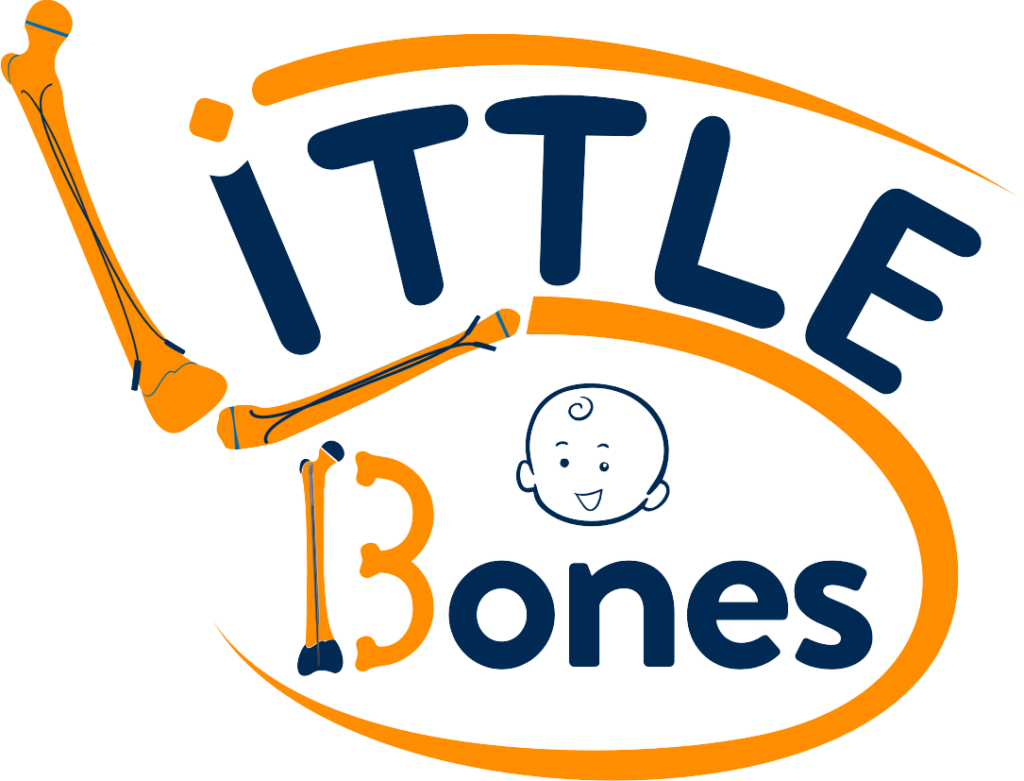Monteggia Fracture Dislocation in Indore
Home » Monteggia Fracture Dislocation in Indore
Doctor for Monteggia Fracture Dislocation in Indore
A Monteggia fracture dislocation is a rare but severe injury involving a fracture of the ulna bone in the forearm and a dislocation of the radial head at the elbow joint. This injury typically occurs in children and requires prompt diagnosis and appropriate treatment to prevent complications such as chronic elbow instability and deformity. Monteggia fractures are often the result of high-energy trauma and may be associated with other injuries to the forearm or elbow.
Treatment
Treatment for a Monteggia fracture dislocation aims to restore the alignment of the fractured ulna and the dislocated radial head while ensuring stability and function of the elbow joint. In most cases, surgical intervention is necessary to realign the bones and stabilize the joint. This may involve open reduction and internal fixation (ORIF) of the ulna fracture, along with reduction of the radial head dislocation. In some instances, additional procedures such as ligament repair or reconstruction may be required to address associated injuries and restore elbow stability.
Why Choose Us
At Little Bones Paediatric Orthopedic Clinic, our team of pediatric orthopedic specialists has extensive experience in the diagnosis and treatment of complex forearm and elbow injuries, including a monteggia fracture dislocations in Indore. We are dedicated to providing comprehensive care tailored to each child’s specific needs, with a focus on achieving optimal outcomes and minimizing the risk of long-term complications. With access to state-of-the-art facilities and advanced surgical techniques, we offer expert management of Monteggia fractures to ensure the best possible recovery for our patients.
Frequently Asked Questions
Monteggia fractures typically result from a direct blow to the forearm or elbow or a fall onto an outstretched arm. The combination of forces causes a fracture of the ulna bone and a dislocation of the radial head at the elbow joint.
Symptoms may include pain, swelling, deformity, and difficulty moving the elbow. The forearm may appear shortened or angulated, and there may be tenderness and bruising around the injured area.
Recovery involves immobilization of the elbow with a cast or splint followed by physical therapy to regain strength and range of motion. Full recovery may take several months, and close follow-up with a healthcare provider is necessary to monitor progress and address any issues that may arise.
Complications of a lateral condyle humerus fracture may include growth disturbances, malunion (improper healing of the fracture), and stiffness of the elbow joint. Close monitoring and follow-up care are essential to detect and address any potential issues early.
Schedule an Appointment
If your child has sustained a Monteggia fracture dislocation or if you have concerns about their forearm or elbow injury, contact us to schedule an appointment with one of our pediatric orthopedic specialists. We are here to provide expert evaluation, compassionate care, and personalized treatment to help your child recover fully and regain function of their arm and elbow. Don't delay seeking medical attention for your child's injury—early intervention is crucial for optimal outcomes.
Call Us
+917827028020
Email Us
drpushp@yahoo.com
Visit Us
219, Benchmark Business Park, Near Satya sai Square, Vijay Nagar Indore.
